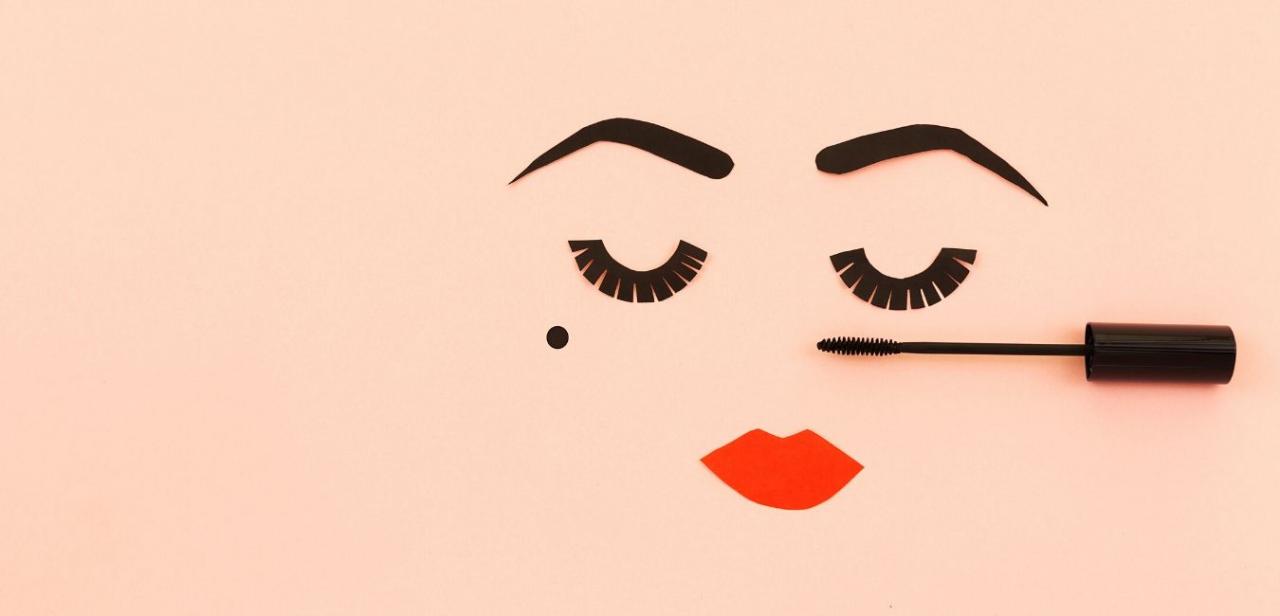Have you ever heard of progressive muscle relaxation? It’s okay if you haven’t—I hadn’t either. I’m familiar with relaxation techniques like deep breathing and yoga and other ways we can help ourselves relax and feel better but this one was new to me. But after reading up on it and doing research to write a couple of articles about it, I have to tell you—I’m really impressed and I’m going to give it a try. Maybe you can too and then we can compare notes on how it works for us.
In a nutshell, progressive muscle relaxation, or PMR, is a technique that helps reduce anxiety through tensing and then relaxing the muscles. An American physician named Edmund Jacobson developed PMR way back around the 1930s. Jacobson correctly contended that because our muscles tense up when we are anxious, we can then alleviate this anxiety by learning how to relax the tension.
PMR has two components—one physical and one mental. The physical aspect involves the aforementioned tensing and relaxing of the muscles. We’ll get to the specifics of how to do this more in a bit, but basically, you work with groups of muscles in a certain order, for a certain amount of time, and with your eyes closed.
The mental angle has you focusing on the difference you feel between your muscles being tensed and when they are relaxed. Since you have your eyes shut when doing PMR, you are pretty much a captive audience to your own body and you have pretty much nothing else to focus on except how you are feeling as you tense, and then relax, each muscle group. Actually, if you do feel yourself thinking things like “Am I doing this right?” or “Is this really going to work?” or “What should I make for dinner tonight?” you should try to just focus on how your tensed muscle feels.
After we relax a previously tensed muscle, it will typically feel heavy and kind of warm. These sensations are supposed to help us feel more relaxed mentally. Jacobson felt that with enough practice, we can all learn to relax our bodies and keep anxiety at bay.
Learning PMR definitely takes some time and concentration. But the more you do it, the easier it is supposed to get. One website I found suggested that we spend about 10 minutes a day practicing and maintaining our PMR skills, once we get the whole program learned and down. Ideally, we should do PMR by ourselves, in a quiet room, with the television off, sitting in a comfy chair, and wearing loose clothing and no shoes. This is probably going to be my biggest challenge—I’m a mom of two young boys who seem to have a sixth sense for when I sneak off to have a few minutes by myself. Plus when a room is quiet and I’m in a nice chair I’ll be asleep in about three seconds, but if you’re willing to give PMR a try, I’ll also do the best I can and give it my all.
In the second part of this article, we’ll look at how to do PMR. It’s pretty specific and interesting information, and I look forward to sharing it with you!
References:
www.guidetopsychology.com/pmr.htm
http://en.wikipedia.org/wiki/progressive_muscle_relaxation






Add a CommentComments
There are no comments yet. Be the first one and get the conversation started!